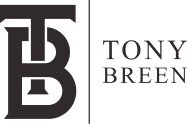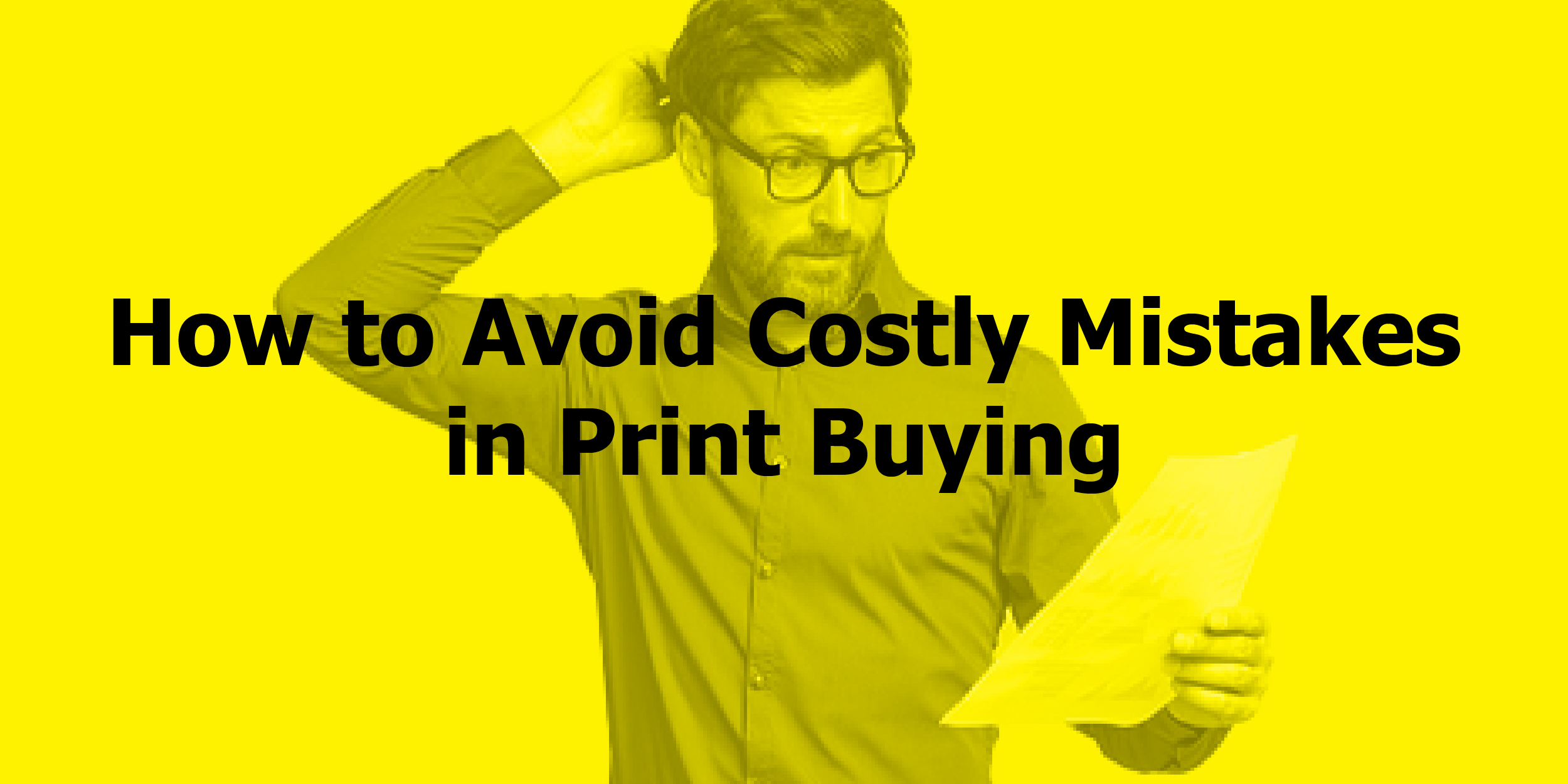Despite digital media’s dominance, print materials are still an essential component of business branding and marketing efforts. Superior print materials may make a lasting impact on clients, whether they are used for packaging, business cards, posters, or brochures. Nevertheless, a lot of people who place print orders—whether they are office managers, marketers, or business owners—find that they are overcharged, get poor quality work, or experience needless delays.
These expensive errors are frequently caused by a lack of knowledge about the printing process. Ignoring file specs, failing to proof designs, selecting the incorrect printer, or misinterpreting paper kinds can all lead to irritation and financial loss? Tony Breen uses his more than 35 years of experience to guide readers through the complicated world of print buying in The ABC of Print Buying. Businesses can make wise judgments and avoid typical traps by taking note of the book’s insights.
Understanding the Basics of Print Buying
Although there are notable variations in printing methods, materials, and cost structures, many print buyers believe that printing is a simple procedure. Not understanding the distinction between offset and digital printing is one of the first errors individuals make.
While offset printing yields better quality at a lower cost per unit for larger orders, digital printing is best for small numbers and fast turnaround times. Businesses can avoid overpaying for the incorrect kind of print job by being aware of this discrepancy.
Another important consideration is the choice of paper. Many consumers select the least expensive option without taking into account the effects of paperweight, quality, and texture on the finished product. A glossy brochure that catches fingerprints or a thin business card might harm a brand’s reputation. Better outcomes can be achieved by working with a printer to understand the different types of paper that are available.
Color fidelity is another important consideration when purchasing prints. Colors on a computer screen look different in print, something that many consumers are unaware of. Digital screens employ RGB colors, which need to be converted to CMYK for printing. If this is not done, the colors may appear drab or entirely different from what was intended.
Focusing Only on Price Instead of Value
Purchasing the cheapest printer without considering quality frequently results in disappointment. Price is a significant consideration, but it shouldn’t be the only one. Cheaper printing could result in subpar materials, antiquated machinery, or subpar customer support.
Requesting samples of a printer’s work is crucial before choosing one. Buyers can evaluate color accuracy, paper quality, and overall quality by looking at print samples. Customer reviews and testimonials can also offer insightful information about a printer’s dependability.
Another mistake is failing to factor in additional costs. Some print companies offer low upfront prices but add hidden fees for setup, revisions, or rush orders. Getting a clear breakdown of all charges before placing an order can prevent unexpected expenses.
Failing to Ask the Right Questions
A common misconception among print purchasers is that printers will automatically supply all the information they need, but this is not always the case. By asking the proper questions, you can ensure a more efficient printing process and save time and money.
Inquiring about turnaround time is among the most crucial things to do. Verifying the printer’s ability to deliver on time is essential if a project has a deadline. Although rush printing is frequently offered, it is typically more expensive.
Ignoring proofreading choices is another frequent mistake. Before the completely print run starts, customers can review the layout, colors, and design with a proof. A physical proof is the greatest approach to guarantee correctness for high-value projects, even though digital proofs offer a speedy way to check information.
It is also important to clarify file requirements before submitting artwork. Printers have specific guidelines for file formats, resolution, and bleed areas. Submitting a file that does not meet these requirements can result in delays or additional charges for corrections.
Ignoring File Setup and Print Specifications
Inadequate file preparation is the root cause of many printing problems. Using low-resolution photos, which appear sharp on a screen but indistinct in print, is a typical error. Images should be at least 300 dots per inch (dpi) for optimal results.
Ignoring a bleed region is another common mistake. In order to avoid undesirable white edges when the paper is cut, bleeding makes sure that the pattern continues past the trim line. It is crucial to confirm before sending in artwork because printers usually demand a bleed of at least three millimeters, though specifications can vary.
Errors in typography might also be problematic. Printing small text in thin typefaces can be challenging, particularly on darker backgrounds. Text that is too crowded or that uses fonts that
Proofreading is another critical step that many print buyers overlook. Typos, incorrect contact information, or misplaced design elements can be costly to fix after printing. Reviewing the final proof carefully before approval can prevent expensive reprints.
Ordering the Wrong Quantity
Purchasing the right amount is a common problem for print buyers. While purchasing too few prints results in additional expenditures for reprints, ordering too many prints wastes materials and raises costs.
Careful planning is necessary to estimate the correct quantity. For items that are updated often, like event fliers, a smaller quantity could be more economical. Purchasing in bulk might result in cost savings for products like business cards that have a long shelf life.
Businesses that require small quantities of printed materials can benefit from the flexibility provided by print-on-demand services. This choice guarantees that the supplies are always current while lowering storage expenses and preventing waste.
Not Building a Relationship with a Printer
Many companies view purchasing prints as a one-time event, but building a rapport with a reputable printer can result in more affordable prices, quicker service, and knowledgeable guidance.
Consistently using the same printer enables them to comprehend the needs, preferences, and branding specifications of a business. Personalized suggestions for high-quality materials and cost-cutting techniques may arise from this partnership.
Additionally, printers have firsthand knowledge of the market, including when paper prices are likely to increase and which finishes offer the best value. Businesses can save time and money by making well-informed decisions with the assistance of a reliable printing partner.
Conclusion
Purchasing prints involves more than just placing an order; it calls for thorough preparation, close attention to detail, and industry expertise. Businesses can save money and get better outcomes by avoiding common mistakes like selecting the least expensive choice, not asking the correct questions, or not properly setting up files.
For anyone in charge of placing print material orders, Tony Breen’s The ABC of Print Buying offers crucial insights and useful guidance. This book will give you the information you need to make better selections, whether you are a marketer, small business owner, or just trying to get better at buying prints.
Realizing that purchasing prints is an investment that will eventually pay for itself. Businesses may guarantee they receive high-quality print outputs by mastering the appropriate tactics.

